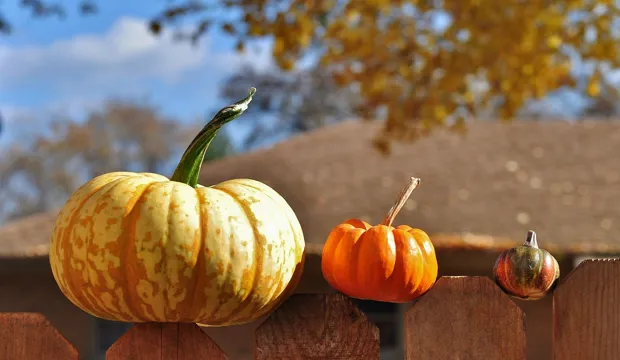
Balance the broomstick
This resource will demonstrate how a simple lever works and how it can be balanced with a Halloween theme.
With our maths KS1/KS2 teaching resource lesson plan and template, learners will work out whether creatures and objects with different masses will successfully balance a lever, in this case the witch’s broomstick.
In this KS1/KS2 teaching resource activity learners will make use of the theme of Halloween to learn how a simple lever works and how it can be balanced. They will work through a series of examples to see whether different animals sat at each end of the broomstick will balance it or not. They will then find as many ways of balancing the broomstick as possible, using a given set of creatures, animals and objects with different masses.
This KS1/KS2 classroom activity could be used as a main lesson activity to teach about simple levers and how they work, or to introduce the concept of levers, mass and balancing. It could also be used as part of wider scheme of learning focussed on simple mechanical systems and/or the use of mathematics in context.
We’ve created this teaching resource maths activity to support the delivery of key topics within maths.
Activity: Use maths to balance a lever supporting different loads
Learners will make use of the theme of Halloween to learn how a simple lever works and how it can be balanced. They will work through a series of examples to see whether different animals sat at each end of the broomstick will balance it or not. They will then find as many ways of balancing the broomstick as possible, using a given set of creatures, animals and objects with different masses.
Tools/supplies needed:
Resources required:
- Pens and pencils
- Paper or exercise books
Follow our step-by-step guide to balance the broomstick
- A witch is riding on her broomstick
- The broomstick is an example of a simple lever
- The witch is sat in the middle of the broomstick – this means she is the pivot
Example 1 – the witch’s cat
- The witch has picked up her cat which has a mass of 3kg and is sat on the back of the broomstick
- Is the broomstick balanced? Why/why not?
Example 2 – cat and dog
- As well as her cat, the witch has now picked up a dog
- The dog has a mass of 6kg and is sat on the front of the broomstick
- Is the broomstick balanced? Why/why not?
Example 3 – two dogs
- The cat has got off and the witch has picked up another 6kg dog
- There is now one dog on the front and one dog on the back of the broomstick
- Is the broomstick balanced? Why/why not?
Example 4 – dog and dragon
- A 12kg baby dragon has jumped onto the front of the broomstick and replaced one of the dogs
- Is the broomstick balanced? Why/why not?
Now find as many ways as you can of balancing the broomstick with the selection of animals shown on slide 12 of the powerpoint presentation. You can use each item as many times as you like.
For the extension, investigate the effect of moving animals up and down the broomstick.
The Engineering Context
Engineers need to be able to understand and apply mechanical principles so they can use them when solving problems. For example, how levers work and how they can be used in the design of different mechanical systems.
Engineers need to understand basic mathematical concepts, such as how units of measurement are used, and how these principles are applied in context.
Suggested learning outcomes
This resource combines Science, Design and Technology and Engineering with Mathematics, with the aim that the learners will be able to understand how a simple lever works and understand how to balance a lever with different masses.
Download our activity sheet and other teaching resources
All classroom activity sheets and supporting teaching resources are free to download, and all the documents are fully editable, so you can tailor them to your students’ and your schools’ needs.
The activity sheet includes teachers’ notes, useful web links, and links (where appropriate) to the national curriculum in each of the four devolved nations; England, Northern Ireland, Scotland and Wales.
You can download our step-by-step instructions below as a classroom lesson plan and PowerPoint presentation.
Please do share your highlights with us @IETeducation.




